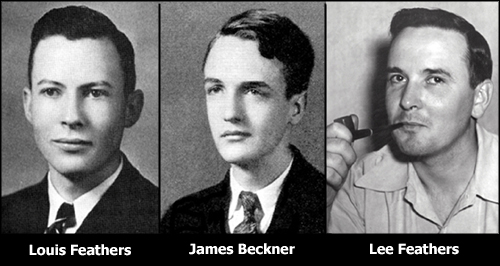Pat Greer Eunis recently shared her remembrances of living in Johnson City, particularly in the Keystone area of town. After residing in JC since 1940, she moved away in 1965 but returned in 2006.
Upon arrival back in the city, Pat leisurely drove around the streets to rekindle memories of her youth. She warmly recalled the Dutch Maid Drive-In, The Spot Steakhouse, the 88 steps leading up to the old Science Hill High School, stopping at The Rexall Drugstore, getting a grilled doughnut and cherry coke before school at the Gables and attending the city’s movie and drive-in theatres.
“In the summer of 1952,” recalled Pat, “we were among the first families approved to live in the newly built Keystone Housing Project at Broadway Street.” “My mother, maternal grandmother, two brothers, baby sister and I were living on Colorado Street at the time. We used my brother’s red wagon to haul our belongings to our new apartment.
“Mother worked for Carl Ingram's Dress Shop that was located in the Arcade Building between Main and Market streets. Carl sold some of the prettiest women's and girl's clothes at very reasonable prices. That is where mother bought our dresses, crinolines and poodle skirts. He was a very kind-hearted man who often gave her an advance in salary. In the mid 1950s, I went to the shop and got $15 to buy groceries, which bought a lot of food for our family of five.”
Pat also recalled Jimmy Kennedy’s Used Furniture Store located on Market Street across from the Arcade. The owner also sold many odds and ends including comic books, letting her swap hers for some of his that she had not read.
Pat remembered her maternal grandmother bringing the children to town every Saturday to see a movie: “That was the highlight of our growing up days. Christmas was the best of all because everywhere you looked was a fantasyland of colored lights, carols playing, people shopping and the ever-present Salvation Army bell ringers.”
Mrs. Eunis fondly recalled when the Appalachian District Fair, carnivals, circuses and tent revivals set up in the large vacant field at Broadway opposite their home. She said some of the events also took place between Main and Market opposite Roosevelt (Memorial) Stadium. Her two favorite preachers were Billy and Bobby McCool, who eventually established a church here. It was during this time that she developed a love of singing gospel music.
“We had some fun times at the Keystone recreation center,” she said, “playing ping pong, watching movies, competing in softball, chasing each other on bikes and roller skates, flying kites, playing hop scotch (including Double Dutch jump rope), engaging in snowball fights in the winter and enjoying snow ice cream made by our grandmother. We picked up empty pop bottles from the stadium after sporting events and cashed them in for money at Tipton’s Grocery. Also, in summer we swam at the Sur Joi pool at Watauga and Market.”
Pat attended Keystone Elementary, Junior High and Science Hill. Her first job at age 16 was working at The Spot making shrimp salads, an employment that lasted only 2 weeks. Next, she served as a curb hop at a drive-in restaurant at the corner of Main and Broadway. Later, she was hired at S.H. Kress lunch counter making, among other things, great chili hotdogs with coleslaw piled on top. Pat became an LPN after attending the J.C. Vocational School of Practical Nursing at Memorial Hospital.
Pat’s biggest shock upon returning to Johnson City in 2006 was finding the Arcade and other buildings torn down. She noted the smallness and deterioration of the downtown area and missed seeing local passenger trains. The city had changed significantly in her 41-year absence.




_0-477x400.jpg)
